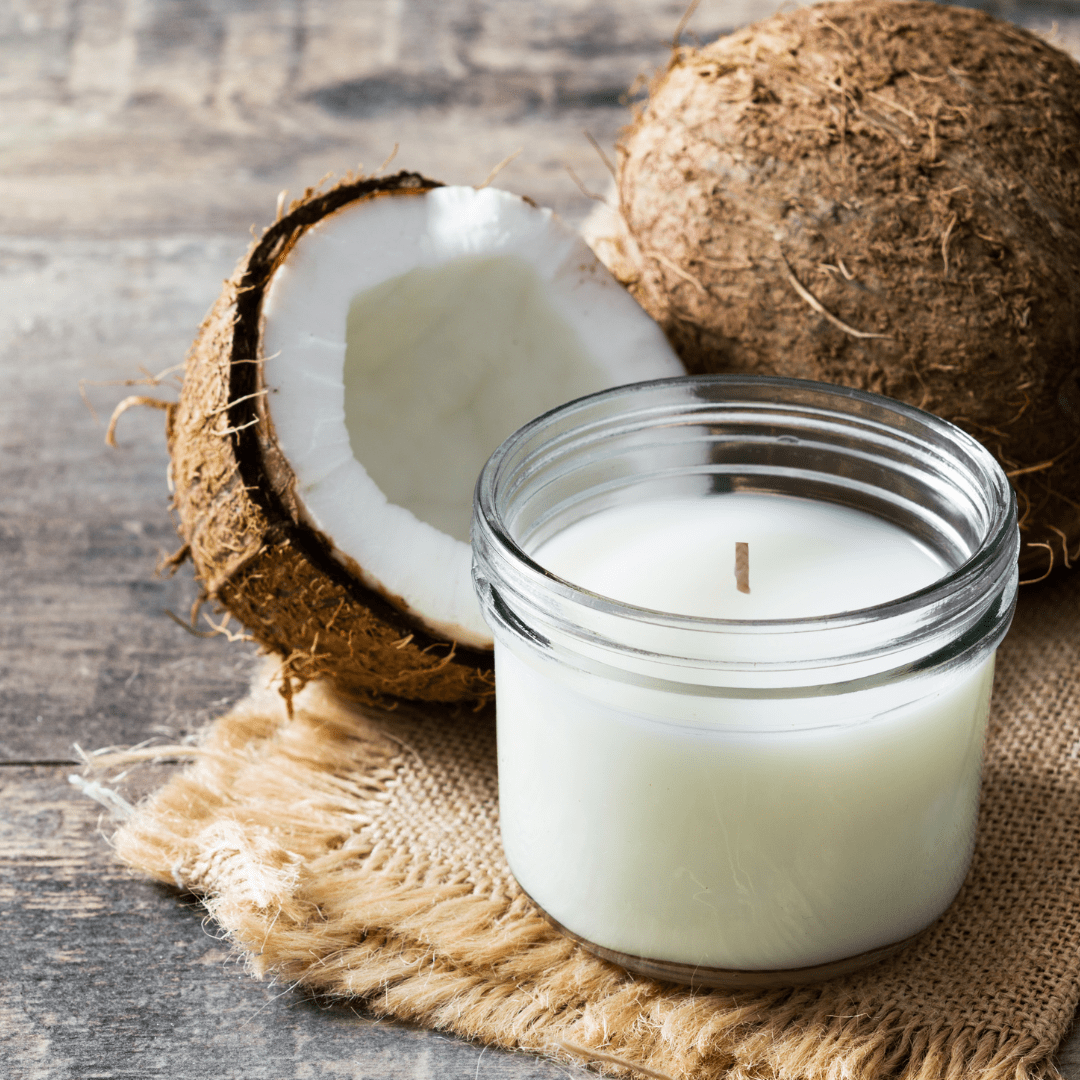Find out the Magic of Crystal Soy Candles and Home Fragrance
Find out the Magic of Crystal Soy Candles and Home Fragrance
Blog Article
From Wick to Wax: Recognizing the Chemistry Behind Soy Wax Candles and Their Ecological Impact
As we illuminate our rooms with the cozy radiance of candles, there lies a realm of detailed chemistry behind the relatively easy act of lighting a soy wax candle light. The option in between soy and paraffin wax extends past simple aesthetic appeals, delving right into the world of environmental effect and the extremely make-up of the materials. Comprehending the molecular framework of soy wax and its combustion process clarifies the discharges released right into our surroundings. Join us as we unwind the clinical ins and outs behind soy wax candles and discover their effects on our atmosphere.
Soy Wax Vs. Paraffin Wax
When contrasting soy wax and paraffin wax for candle light production, it is vital to understand the distinct characteristics and benefits of each material. Soy wax is an all-natural, renewable resource originated from soybean oil, making it green and naturally degradable - soy candles. On the other hand, paraffin wax is a byproduct of petroleum refining, which raises problems regarding its ecological influence and sustainability
Soy wax candle lights melt cleaner and discharge less residue compared to paraffin wax candle lights, making them a much healthier choice for indoor air top quality. In addition, soy wax has a lower melting point, permitting a longer-lasting candle light that disperses scent much more effectively. Paraffin wax, on the various other hand, has a tendency to burn faster and less easily, possibly launching unsafe chemicals right into the air.
From a sustainability perspective, soy wax is preferred for its biodegradability and sustainable sourcing, lining up with the expanding customer choice for eco conscious products. While paraffin wax has been a standard choice in candle making as a result of its affordability and convenience of usage, the shift in the direction of environment-friendly choices like soy wax is obtaining momentum in the industry.
Chemical Structure of Soy Wax

Combustion Refine in Soy Candles
The chemical make-up of soy wax directly affects the burning process in soy candles, influencing aspects such as burn time, aroma launch, and ecological impact. When a soy candle is lit, the warm from the fire melts the wax near the wick. This liquid wax is then created the wick due to capillary action. As the liquid wax reaches the fire, it undergoes and vaporizes burning. The burning process entails the vaporized hydrocarbons in the wax responding with oxygen airborne to produce warmth, light, water vapor, and carbon dioxide.
The combustion performance of soy candles is influenced by the purity of the soy wax and the quality of the wick. A clean-burning soy candle light with a properly sized wick will reduce and produce a consistent flame soot formation. This not just extends the melt time of the candle yet additionally enhances the release of fragrances. In addition, soy wax candles have a reduced environmental influence contrasted to paraffin candles as a result of their biodegradable and eco-friendly nature.

Environmental Advantages of Soy Wax

Considered a sustainable alternative to conventional paraffin wax, soy wax supplies significant ecological benefits that make it a popular choice among eco-conscious customers. One significant advantage of soy wax is its renewable sourcing. Soy wax is obtained from soybean oil, which is primarily grown in the USA. The growing of soybeans aids support local farmers and lowers the reliance on non-renewable nonrenewable fuel sources made use of in paraffin wax production. soy wax candles Additionally, soy wax is biodegradable, indicating it damages down naturally without releasing harmful contaminants into the environment. This particular makes soy wax candle lights a much more eco-friendly alternative contrasted to paraffin wax candle lights, which are made from petroleum, a non-renewable resource. Moreover, soy wax burns cleaner and produces less residue than paraffin wax, adding to much better indoor air quality and decreasing the need for cleansing and maintenance. Overall, the ecological advantages of soy wax align with the growing need for green and sustainable products out there.
Recycling and Disposal Factors To Consider
Reusing and correct disposal of soy wax candles play a vital duty in keeping ecological sustainability and lowering waste in houses and neighborhoods. When it comes to recycling soy wax candle lights, the initial step is to guarantee that the candle light has burned entirely. This can be accomplished by allowing the candle to melt until the wick is no longer functional, and afterwards allowing the staying wax cool and strengthen. As soon as the wax has solidified, it can be thoroughly gotten rid of from the container.

In regards to disposal, if recycling is not an option, soy wax candle lights are naturally degradable and can be securely taken care of in many household waste systems. It is always recommended to examine with neighborhood reusing facilities or waste monitoring services for particular standards on candle light disposal to make certain correct handling and environmental protection.
Conclusion
In final thought, the chemistry behind soy wax candles reveals their ecological benefits over paraffin wax candle lights. Soy wax, derived from soybean oil, burns cleaner and produces less soot when contrasted to paraffin wax.
When comparing soy wax and paraffin wax for candle light making, it is essential to comprehend the distinctive attributes and benefits of each product (home fragrance).Soy wax candles burn cleaner and release much less residue compared to paraffin wax candles, making them a much healthier option for indoor air high quality.Thought about a sustainable choice to traditional paraffin wax, soy wax provides significant ecological advantages that make it a preferred selection among eco-conscious customers. Soy wax burns cleaner and creates less soot than paraffin wax, adding to better indoor air quality and reducing the demand for cleaning and upkeep.In final thought, the chemistry behind soy wax candle lights reveals their ecological benefits over paraffin wax candles
Report this page